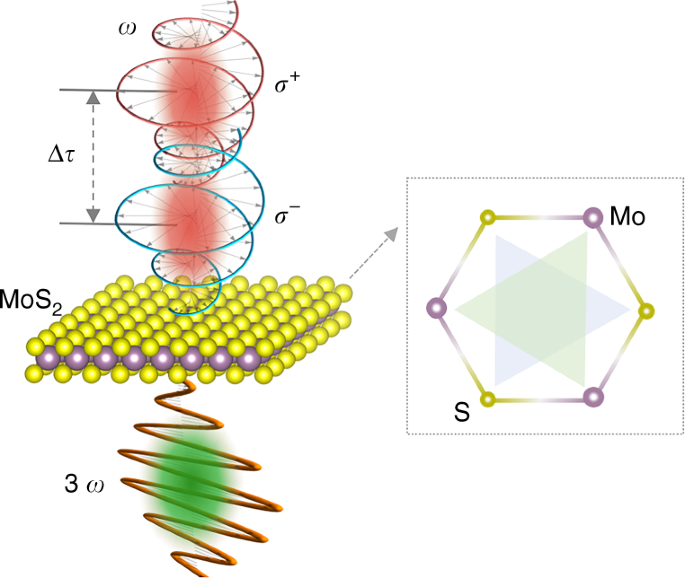2022-07-18 アメリカ国立再生可能エネルギー研究所(NREL)

Single crystal of the novel quantum material discovered by the NREL-led team. Photo from Sean Parkin, University of Kentucky
チームは、ケンタッキー大学の共同研究者と協力し、結晶構造を解いた候補材料を何十個も送ってもらいました。そこでラグは、それらの候補物質の中から有望なものを5〜6個に絞り込んでいった。
その結果、TES TIPS-TTという新規のテトラセンチオフェン化合物が選ばれた。この化合物は、すべての分子が共通の軸を持つ結晶構造を持っている。そして、時間分解常磁性共鳴分光法を用いて、この物質中の電子のスピン状態を明らかにした。
<関連情報>
- https://www.nrel.gov/news/program/2022/nrel-researchers-create-order-from-quantum-chaos.html
- https://www.pnas.org/doi/abs/10.1073/pnas.2201879119
配向した単結晶中の巨視的に配列したヘテロアセンからの三重対スピンシグネチャー Triplet-pair spin signatures from macroscopically aligned heteroacenes in an oriented single crystal
Brandon K. Rugg, Kori E. Smyser , Brian Fluegel, Christopher H. Chang, Karl J. Thorley, Sean Parkin, John E. Anthony, Joel D. Eaves and Justin C. Johnson
Proceedings of the National Academy of Sciences Published:July 13, 2022
DOI:https://doi.org/10.1073/pnas.2201879119
Significance
Producing ordered elements of quantum information, such as aligned electron spins in an ensemble of atoms, is challenging at large scales and practical temperatures. Toward this end, we have modelled and characterized crystals of a tailored molecule that aligns with macroscopic order and possesses photo-initialized species with characteristic and well-resolved spin signatures in magnetic resonance experiments that measure key spin–spin interactions for molecular pairs. Rotating the crystal with respect to the magnetic field produces populations of specific spin states that are macroscopically and deterministically controlled at room temperature. Explained through rigorous theoretical modeling, the pure spin polarization and its dependence on orientation advance molecular approaches to relevant length- and timescales for quantum sensing and computation.
Abstract
The photo-driven process of singlet fission generates coupled triplet pairs (TT) with fundamentally intriguing and potentially useful properties. The quintet 5TT0 sublevel is particularly interesting for quantum information because it is highly entangled, is addressable with microwave pulses, and could be detected using optical techniques. Previous theoretical work on a model Hamiltonian and nonadiabatic transition theory, called the JDE model, has determined that this sublevel can be selectively populated if certain conditions are met. Among the most challenging, the molecules within the dimer undergoing singlet fission must have their principal magnetic axes parallel to one another and to an applied Zeeman field. Here, we present time-resolved electron paramagnetic resonance (TR-EPR) spectroscopy of a single crystal sample of a tetracenethiophene compound featuring arrays of dimers aligned in this manner, which were mounted so that the orientation of the field relative to the molecular axes could be controlled. The observed spin sublevel populations in the paired TT and unpaired (T+T) triplets are consistent with predictions from the JDE model, including preferential 5TT0 formation at z ‖ B0, with one caveat—two 5TT spin sublevels have little to no population. This may be due to crossings between the 5TT and 3TT manifolds in the field range investigated by TR-EPR, consistent with the intertriplet exchange energy determined by monitoring photoluminescence at varying magnetic fields.


